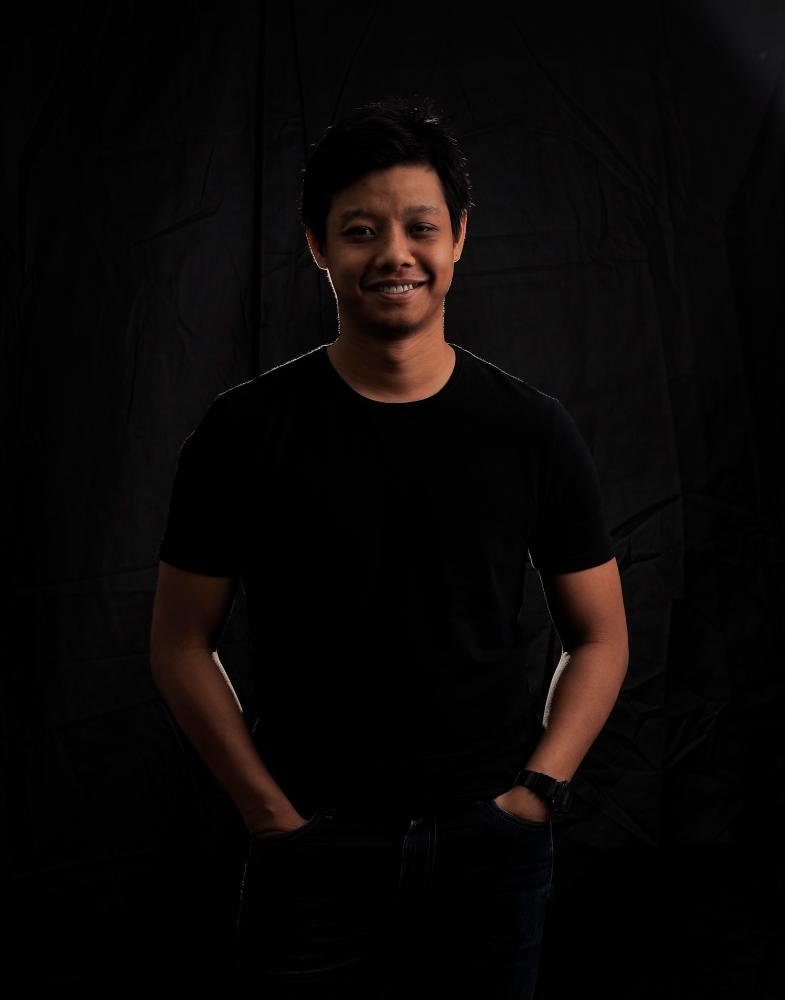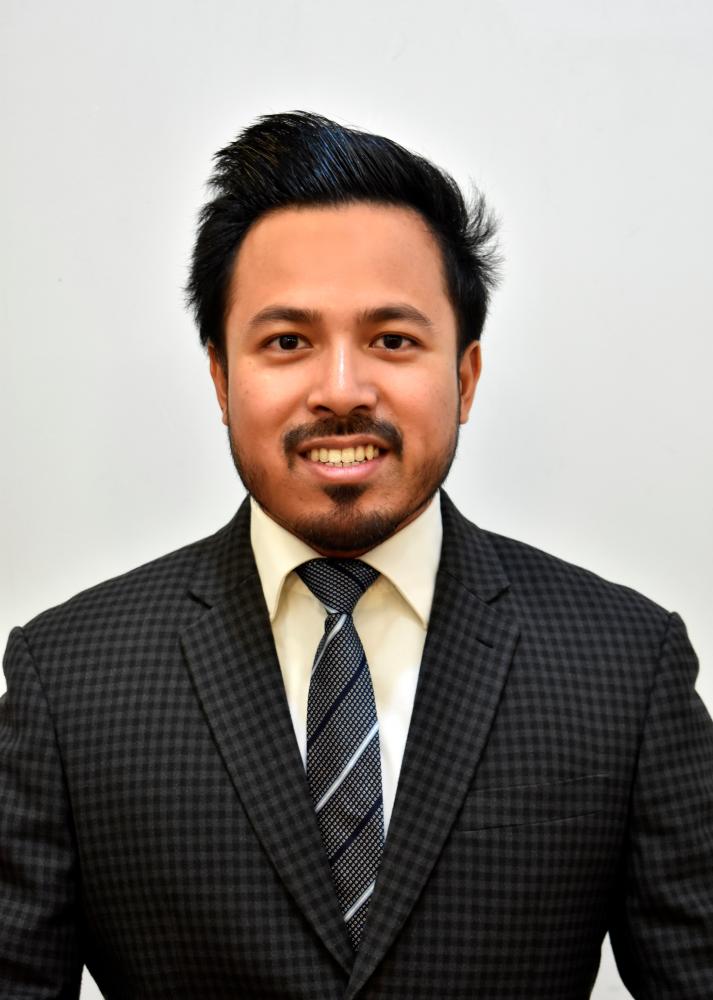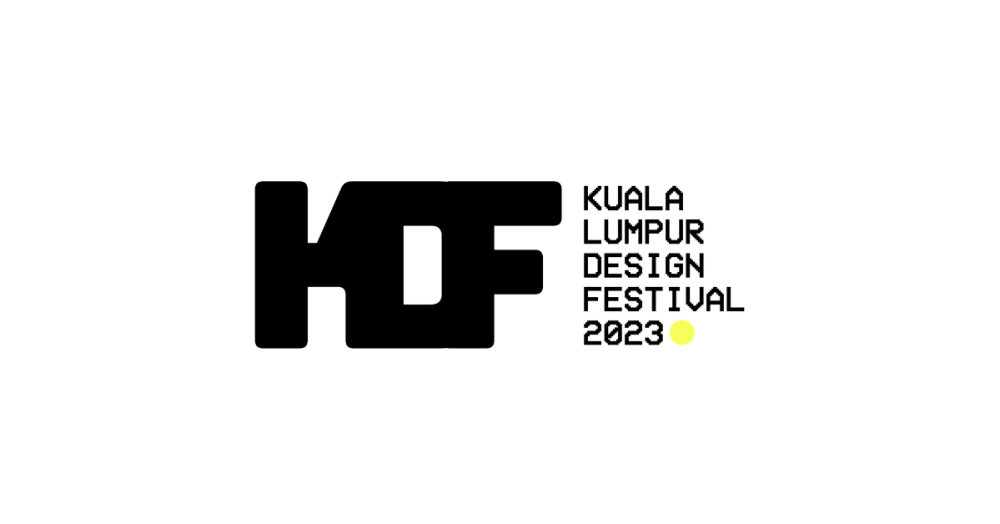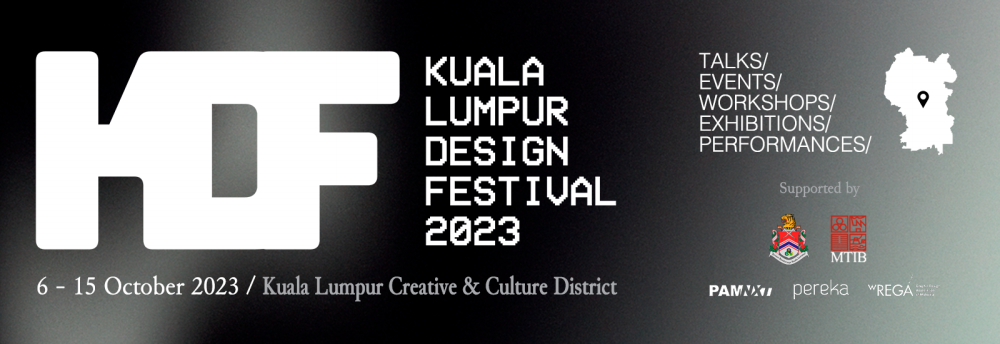THE much-anticipated Kuala Lumpur Design Festival (KLDF) is back for its second edition, slated to run from Oct 6 to 15. This time, the event will bring together local and international players in the design industry.
This year’s festival will be hosted at the heart of Malaysia’s historical landmark, the iconic Dataran Merdeka, as well as the lively cultural district of Kuala Lumpur, including the River of Life in Jalan Benteng, Godown KL, Rumah Tangsi and the Telekom Museum.
Founders Razif Nasruddin and Shafique Badril recently shared insights in an interview with theSun, clarifying the purpose of the event and the significance of design from their perspective.
What distinguishes the local and international designers, exhibitors, and brands at the festival? What can attendees anticipate from their contributions?

Razif: What sets the local and international designers, exhibitors and brands apart is that the locals are more inclined to be more authentic and usually simple in their technical approach, while the latter is more polished for global relevance. It lies in the marketing language, product behaviour, origin of the idea and quality finish.

Shafique: (It will be) a showcase of a diverse range of talent, innovative design concepts and unique products. Attendees can expect to see the latest trends and products, network with industry professionals, attend workshops and forums, and gain insights into the world of design, of course with an incorporation of Malaysian context.
How can the festival help Malaysia become a design hub? How will the festival showcase Malaysia’s design culture and unique contributions to global design?
Razif: The creative direction that we are taking is, in some sense, a self-reflection period for us and local designers. The fact that our country’s economy is vibrant, from primary industries to manufacturing and to some extent, the service industry is unique.
For any country to have that sort of leverage in today’s global economic climate, I think this year’s design festival wants our local designers and the public to have a sense of realisation that our unique cultural makeup, natural resources and manufacturing capabilities can push Malaysia (forward) as one of leading design nations. We just have to manifest that in this festival.
Shafique: In my opinion, design festivals play a crucial role in elevating a country’s status as a hub for celebrating the importance of design in several ways.
It serves to showcase local talent as design festivals provide a platform for local designers, artists and craftsmen to exhibit their work. This exposure not only highlights their creativity but also demonstrates the depth of talent within the country.
Cultural exchange will take place as well. This cultural exchange allows for the sharing of ideas, techniques, and cultural influences, enriching the local design landscape.
With the festival getting local and international media coverage, and the participation of global brands and designers, (the festival) raises the profile of the host country’s design scene on the world stage.
In essence, design festivals serve as a platform to not only celebrate local design culture but also to connect it with the global design landscape. It demonstrates a country’s commitment to nurturing creativity, innovation, and design excellence, ultimately enhancing its reputation as a design hub.

Given the diverse design fields at KLDF (eg urban design, architecture, interior design, industrial and product design, graphic design and communication), how will the festival showcase Malaysia’s creativity in each? Are there specific themes or trends to be explored?
Razif: Design is an international language for modern living. However, we set a theme titled Sustainable Intelligence as the guiding principle of the festival curatorial approach.
We wanted local designers to start thinking about design from a sustainable and holistic perspective, focusing on how our multicultural perspectives help to present ideas and manifest them through facets like architecture, product design, interior design and visual communication.
Shafique: This year, we are exploring “sustainable intelligence” as our theme. There will be diverse exhibits, workshops and forums, design installations and collaborations with different design disciplines revolving around the theme and Malaysian design culture.
In today’s sustainability-focused era, how does KLDF integrate sustainable design practices into its programmes and exhibit innovative solutions in this aspect?
Razif: Our festival event spaces are mostly located in restored buildings such as Rumah Tangsi, The GoDown, Muzium Telekom and RexKL. We believe it’s important to celebrate the meaning of Kuala Lumpur by connecting the older buildings with a unique perspective on being sustainable.
Even in our programmes, we are trying to reduce the amount of printing and promote energy-saving products in our showcases. We are trying to find the best possible way to run a design festival while at the same time providing comfort for the public in a way that educates them about the importance of sustainable living. It is a tricky preach, but it’s worth a try.
Shafique: We are championing the cause via our chosen theme. The programmes curated will focus heavily on sustainability education and awareness. It is also reflected in our chosen venues that have an “adaptive reuse” approach. And we are also promoting the use of public transportation integration within the venues.
From both of your perspectives, what do you hope KLDF 2023 attendees will learn, be inspired and appreciate design in their daily lives?
Razif: What we truly want is to create a space for an open dialogue between government, the public and designers on how great design can be, if it’s taken seriously, to improve our environment and quality of life, and impact the economy.
Shafique: This is just the beginning of what’s to come for an exciting Malaysian design and creative industry.
I hope that it will not only give better inspiration, knowledge and insights, but also a deeper appreciation for the role of design in shaping our daily lives through the knowledge shared by our esteemed design panels. The imaginative design concepts can inspire attendees to think creatively about their own projects and endeavours.
We also hope that the attendees will utilise the learning opportunities, as they can acquire new skills, gain industry knowledge, and learn about the latest design trends and technologies.

Visit kldesignfestival.com for further information.









